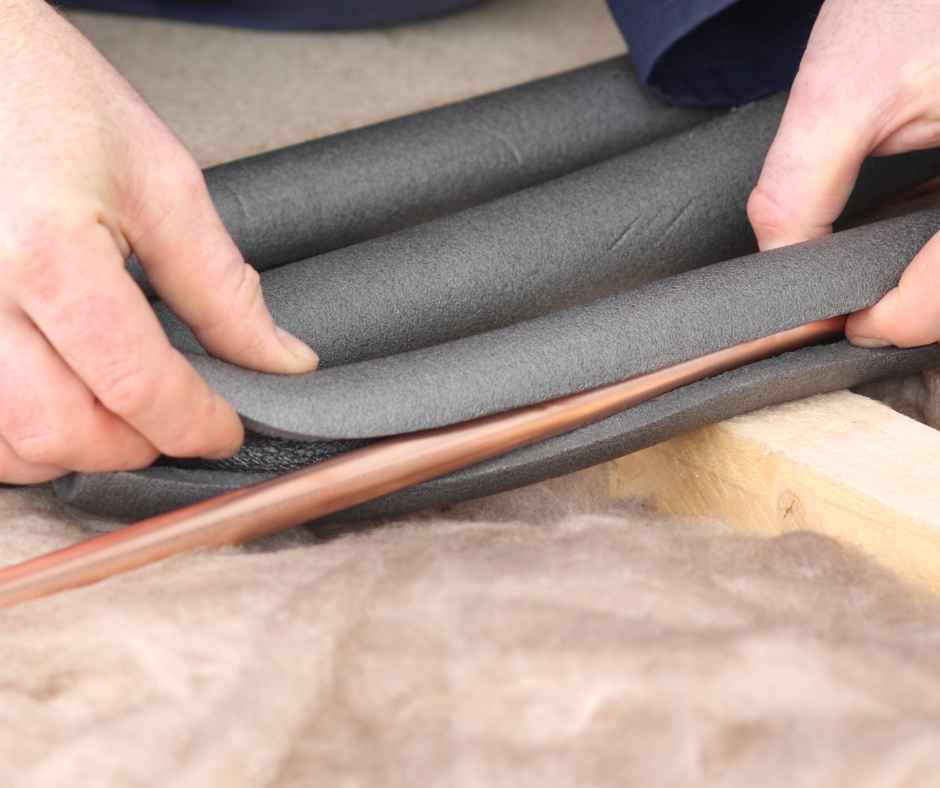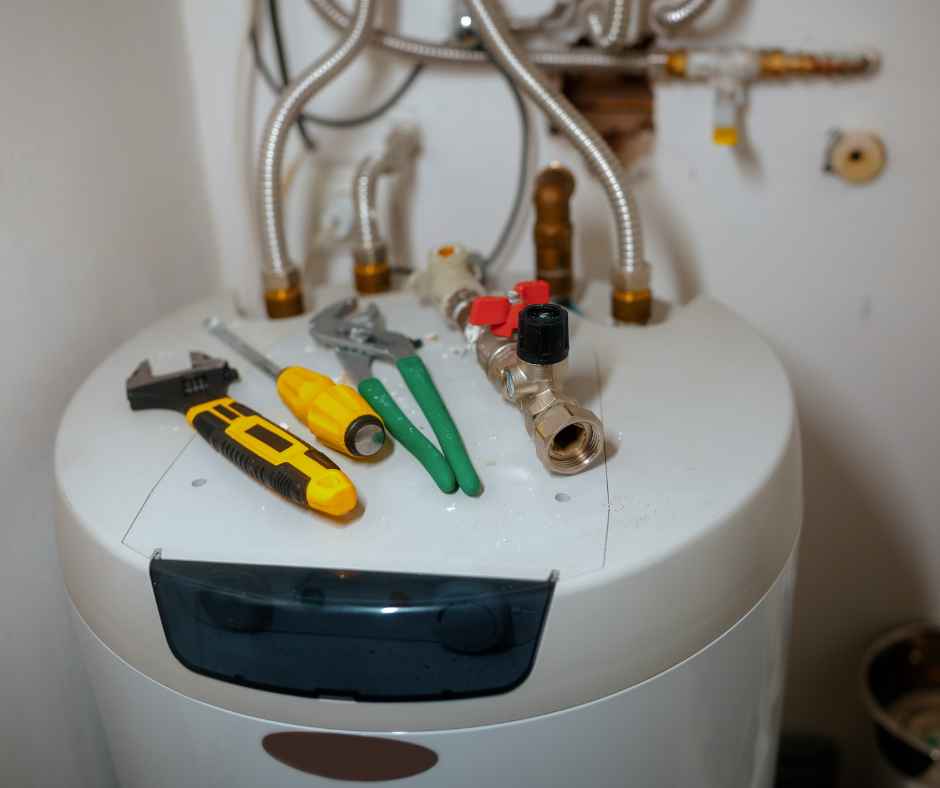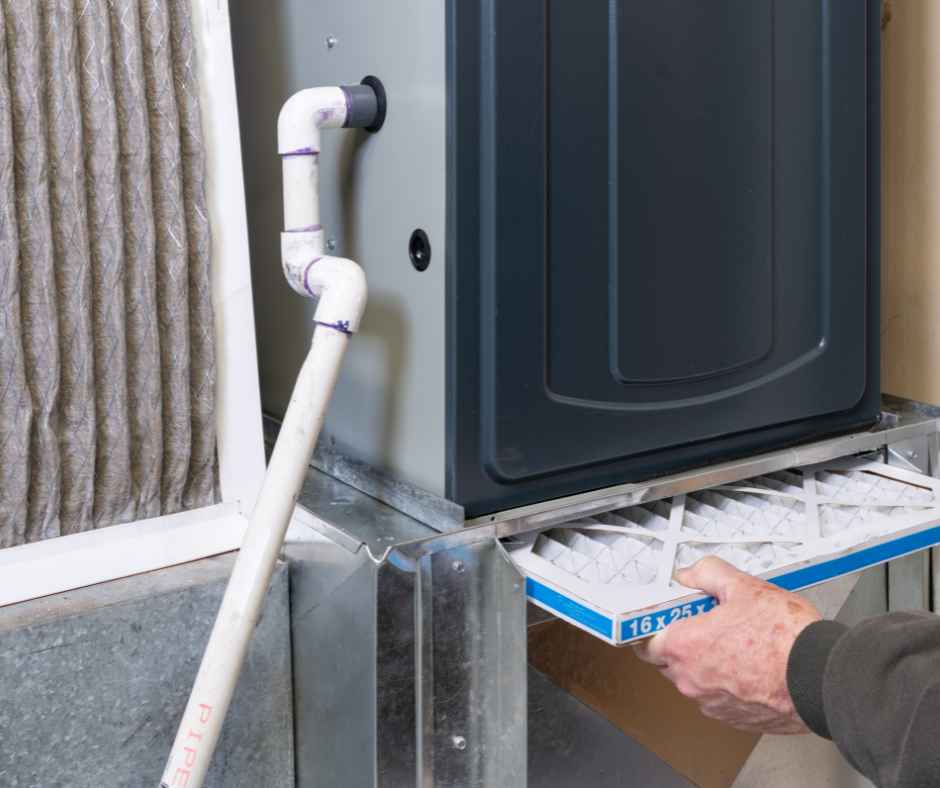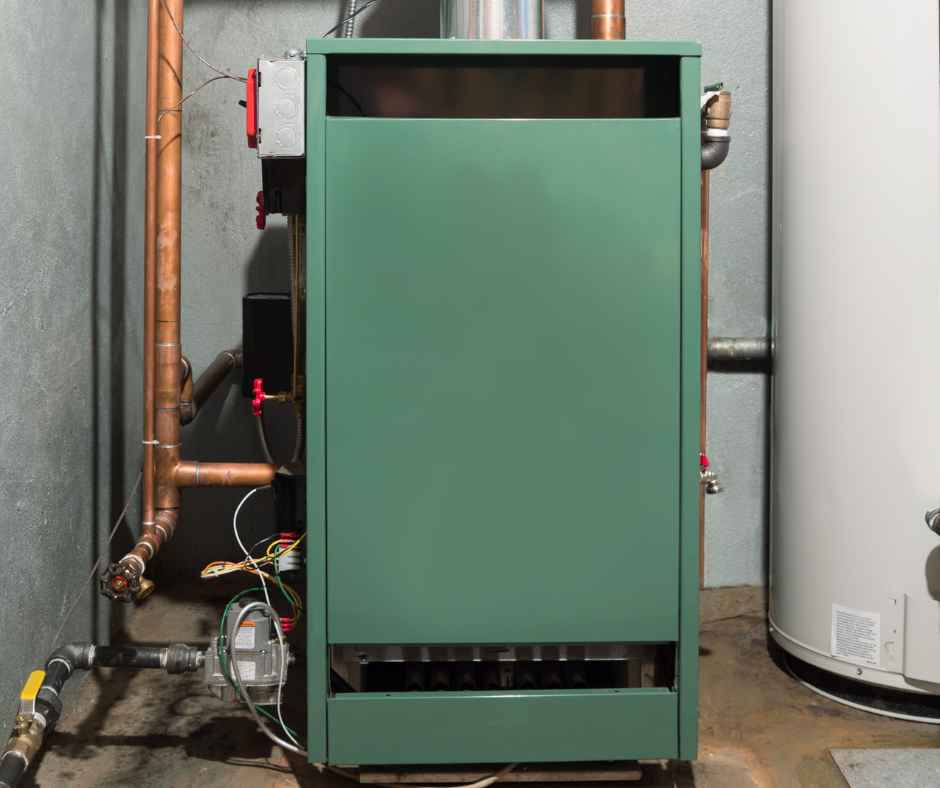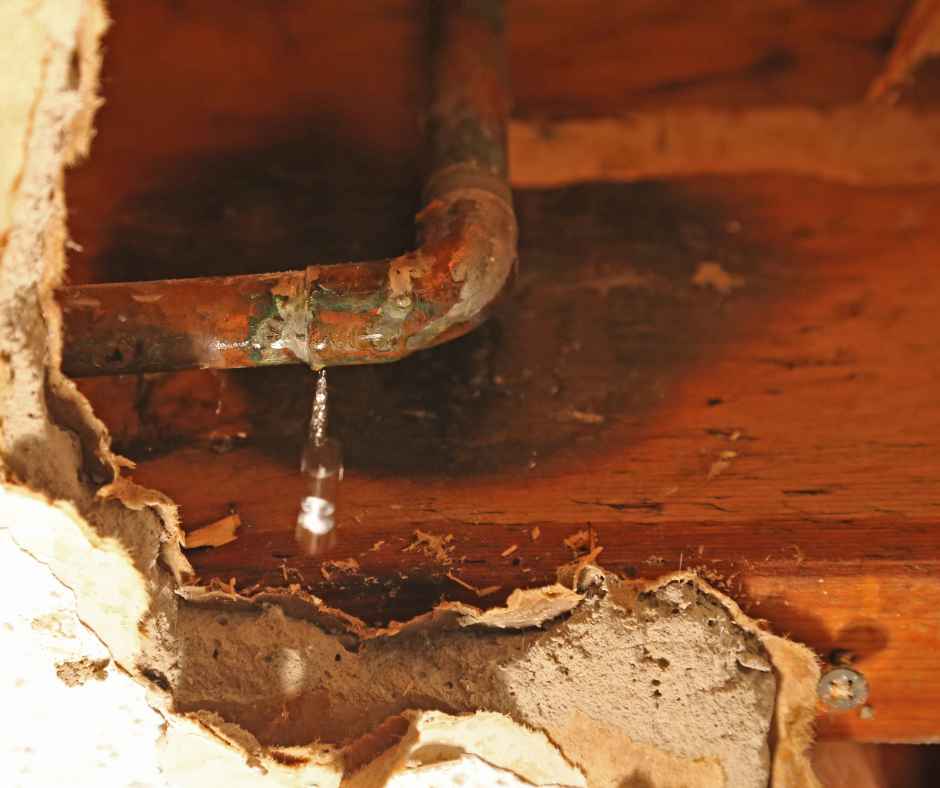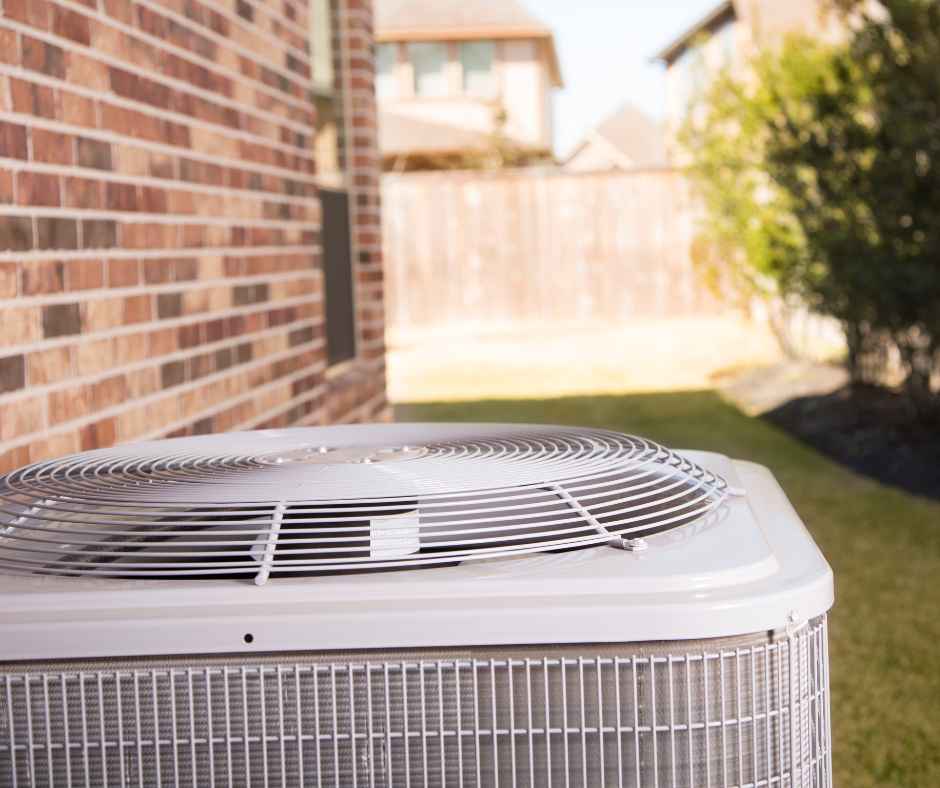Serving central Maryland & eastern shore
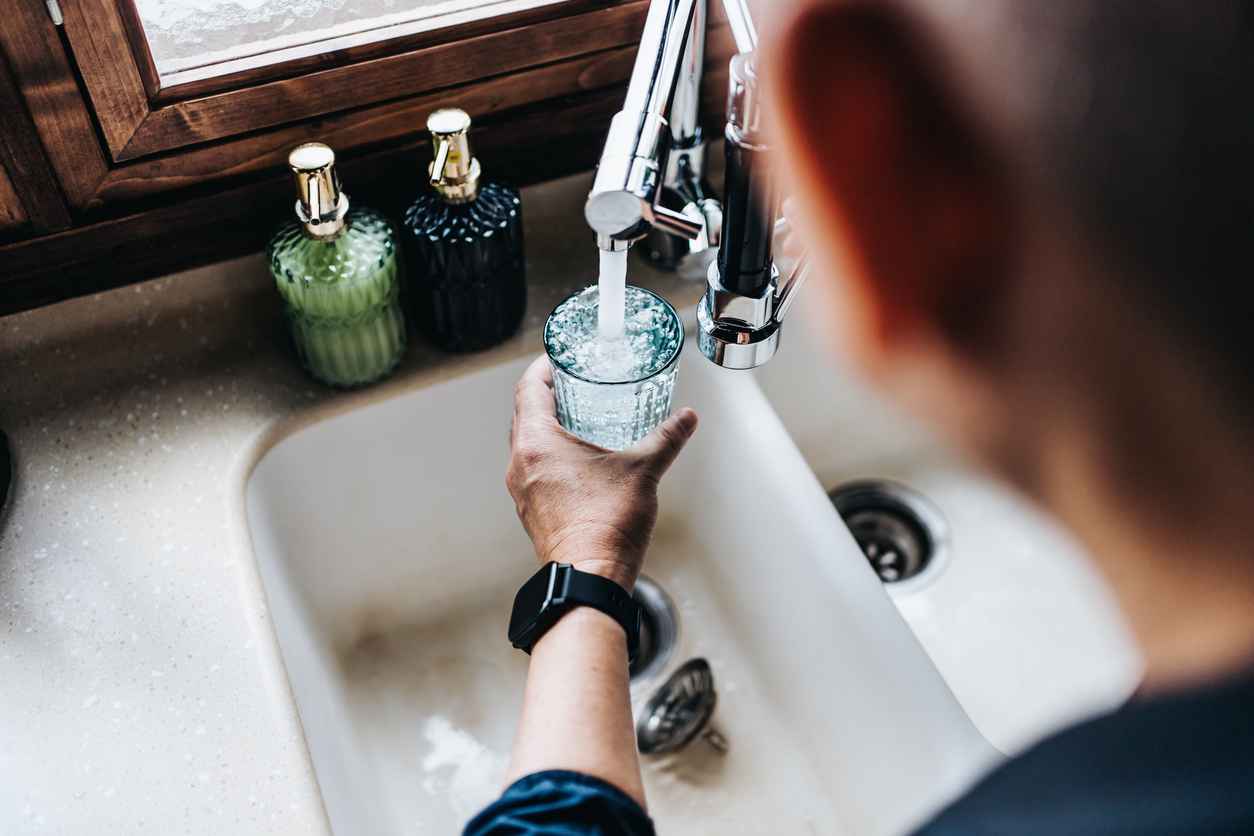
How Does Water Filtration Work?
Clean, safe water is essential for your health and home, but the water flowing from your tap may contain various impurities like chemicals, bacteria, and sediments. To ensure high-quality drinking water, many people turn to water filtration systems. But how exactly do these systems work, and what kinds of impurities do they remove? In this blog, we’ll break down the process of water filtration and explain why it’s a vital addition to your home.
The Importance of Water Filtration
Before diving into the specifics of how water filtration works, it’s important to understand why it’s necessary. Water quality can vary depending on where you live, and even if your local water supply meets safety standards, it may still carry trace amounts of contaminants. These can include:
- Chlorine and Chemicals: Many municipalities use chlorine to disinfect water, but high levels of chlorine can affect the taste and smell of your water. Other chemicals, like pesticides and industrial runoff, can also find their way into the water supply.
- Sediments: Dirt, rust, and other particles can be present in tap water, especially in homes with old plumbing systems.
- Microorganisms: Harmful bacteria, viruses, and parasites can sometimes make it through water treatment plants, particularly during breakdowns in the system.
Water filtration systems help remove these impurities, providing safer, better-tasting water for you and your family.
How Water Filtration Works
Water filtration is a multi-stage process designed to remove contaminants from your water. Here’s how the process generally works, though specific systems may vary:
Pre-Filtration
The first stage in many water filtration systems is pre-filtration. This step helps remove larger particles like sediment, rust, and sand from the water. These particles can clog pipes and reduce the effectiveness of later filtration stages. Pre-filters are typically made from fine mesh or pleated filters.
Activated Carbon Filtration
After pre-filtration, water passes through an activated carbon filter. This filter is essential for removing chlorine, volatile organic compounds (VOCs), and other chemicals that affect the water’s taste and odor. The porous surface of the carbon captures and neutralizes these impurities. Carbon filtration is especially effective for removing substances that create unpleasant smells and tastes, improving the overall quality of your water.
Reverse Osmosis
Some advanced water filtration systems include a reverse osmosis (RO) stage. In reverse osmosis, water is forced through a semipermeable membrane that traps even the smallest impurities, such as heavy metals (lead, mercury), nitrates, and fluoride. This process ensures your water is free from a wide range of contaminants, but it also tends to remove beneficial minerals, which some systems add back in at a later stage.
Ultraviolet (UV) Filtration
For homes concerned about microorganisms like bacteria and viruses, ultraviolet filtration is a valuable addition. UV light neutralizes harmful pathogens by disrupting their DNA, rendering them unable to reproduce. This stage is typically used in combination with other filtration methods to provide comprehensive water purification.
Post-Filtration
The final step in the water filtration process is post-filtration, which helps remove any remaining particles that may have made it through the earlier stages. Some systems also use mineralization filters at this stage to reintroduce beneficial minerals like calcium and magnesium that reverse osmosis may have removed. This ensures your water is not only pure but also healthy to drink.
Water Filtration Services in Central Maryland
For expert advice on water filtration and installation, contact W.L. Staton Plumbing, Heating & Cooling. Our experienced team is ready to help you find the perfect solution to meet your needs and ensure the best water quality for your home.


